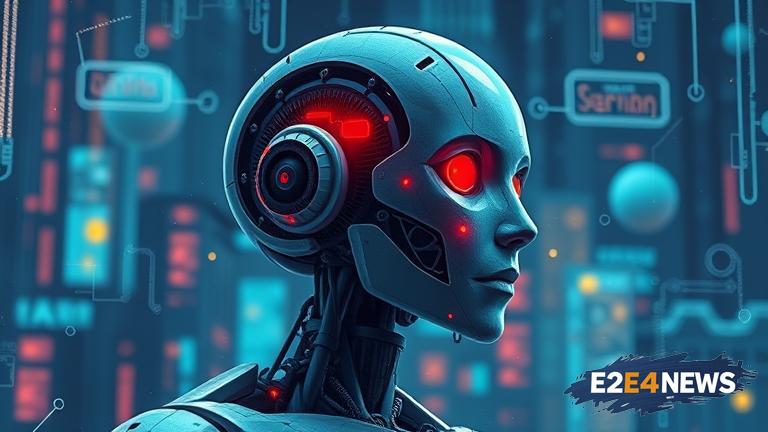The year 2025 has seen a significant shift in the tech industry, with the increasing adoption of artificial intelligence (AI) leading to widespread job cuts. Tech giants such as Intel and Microsoft have been among the hardest hit, with over 130,000 jobs cut in the first half of the year alone. This trend is expected to continue, with many experts predicting that AI will replace millions of jobs in the coming years. The use of AI in automation, machine learning, and data analysis has made many jobs redundant, leading to a significant reduction in workforce. Intel, one of the world’s largest semiconductor companies, has cut over 20,000 jobs, citing the need to reduce costs and increase efficiency. Microsoft, on the other hand, has cut over 10,000 jobs, with the company’s CEO, Satya Nadella, stating that the move is necessary to ‘streamline’ the company’s operations. Other tech giants, such as Google and Amazon, have also cut jobs, although the numbers are not as high as those of Intel and Microsoft. The layoffs have been met with widespread criticism, with many arguing that the use of AI is leading to significant job losses and social unrest. However, proponents of AI argue that the technology will create new job opportunities and increase productivity in the long run. Despite the controversy, the use of AI is expected to continue, with many companies investing heavily in the technology. In fact, a recent report by McKinsey found that AI could add up to $2.2 trillion to the global economy by 2030. However, the report also warned that the technology could displace up to 800 million jobs, highlighting the need for significant investment in education and retraining programs. The impact of AI on the job market is not limited to the tech industry, with many sectors expected to be affected. For example, the use of AI in healthcare could lead to significant job losses among medical professionals, while the use of AI in finance could lead to job losses among bankers and financial analysts. Despite the challenges, many experts believe that AI has the potential to create new job opportunities and increase productivity. For example, the use of AI in customer service could lead to the creation of new jobs in areas such as chatbot development and AI training. Similarly, the use of AI in data analysis could lead to the creation of new jobs in areas such as data science and machine learning. However, to mitigate the negative impacts of AI, it is essential to invest in education and retraining programs. This could include providing training in areas such as AI development, data science, and machine learning, as well as providing support for workers who have lost their jobs due to automation. Governments and companies must also work together to create new job opportunities and ensure that the benefits of AI are shared by all. In conclusion, the rise of AI has led to significant job cuts in the tech industry, with over 130,000 jobs cut in 2025. While the use of AI has the potential to create new job opportunities and increase productivity, it is essential to invest in education and retraining programs to mitigate the negative impacts. As the use of AI continues to grow, it is likely that we will see significant changes in the job market, with many sectors expected to be affected. However, with the right investment and support, it is possible to ensure that the benefits of AI are shared by all.
